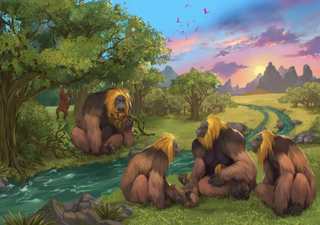
Giant apes once roamed the plains of southern China, but went extinct long before humans arrived in the region. Now, the cause of this extinction has been revealed.

Rory Morrow is passionate about science and the natural world, someone who has a great interest in environmental factors such as climate change, especially in regards to how they influence biodiversity. Having graduated with a BSc in Zoology at the University of Glasgow in 2019, he developed a strong love for writing, initially dreaming of becoming a sci-fi novelist. He later fell into the world of freelance writing, where he could combine his passions for wildlife and the environment.
Rory began by collaborating with a variety of online media, including writing tourist guides for AnyTravelTips, as well as nature articles and species lists for Great British Coast. Later, he also contributed environmental content to online publications such as Phytoon.
In his spare time, Rory loves spending time outdoors, whether it be wildlife watching or hiking through the Scottish mountains. He is also an avid baker, and still lends his hand to a spot of sci-fi writing every now and again.

Giant apes once roamed the plains of southern China, but went extinct long before humans arrived in the region. Now, the cause of this extinction has been revealed.

The largest climate change-induced reductions in snowpack have occurred in central and eastern Europe, along with the south-western and north-eastern United States.
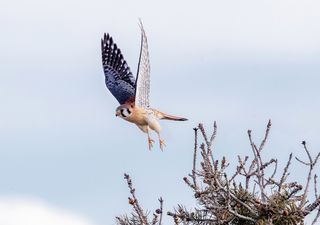
Displaying behaviour previously undocumented for their species, American kestrels have been recorded venturing away from their current homes to scout out future territories.
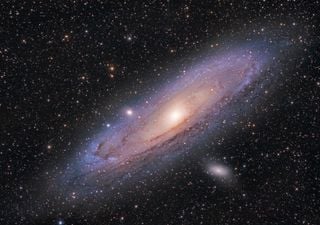
Using one of the world’s largest ever galaxy surveys, researchers have explored how the structure of the early universe was formed.
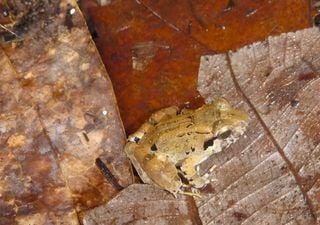
Fanged frogs possess two miniature teeth, which they use to battle rivals and hunt tough-shelled prey such as crabs.

A world-first simulation of a runaway greenhouse effect has shown just how quickly a planet can turn from a paradise world to an uninhabitable nightmare.

Identified in an updated catalogue of exoplanets, Kepler-385 is one of only a handful of systems identified as having more than six verified planets.

Sunflowers are well known for the ability to turn their flower heads to face the Sun as it moves through the sky. But how do they do this? A new study has found it remains a mystery.

At least ten people have died due to the powerful effects of Storm Ciarán, which underwent explosive cyclogenesis before unleashing heavy rain and strong winds on much of Western Europe.

Just like humans, other mammals can think about places and objects that aren't right in front of them, according to the findings of a new study.

Storm Ciarán has brought gale-force winds to southern parts of the British Isles, with a tornado reportedly causing destruction in Jersey.
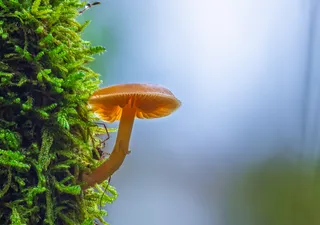
Biologists have determined that bonnet mushrooms have found a way to invade living hosts, having previously only been found on dead plant matter. But it seems their intentions are not as sinister as you may think.
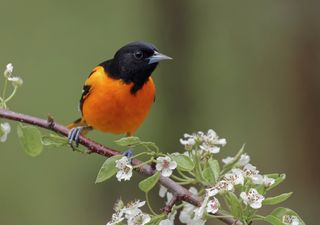
Birds rely heavily on the Earth's magnetic field when travelling or migrating. Do solar flares and other space weather events disrupt their ability to do this?
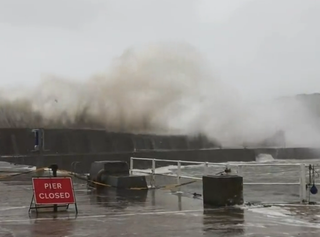
Eastern Scotland is expected to get well over a month's rainfall as Storm Babet moves through, with widespread disruption from flooding and travel problems.
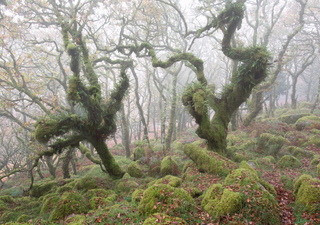
Supposedly one of the most haunted woodlands in the UK, Wistman's Wood has long been associated with hellhounds, piskies and spirits.
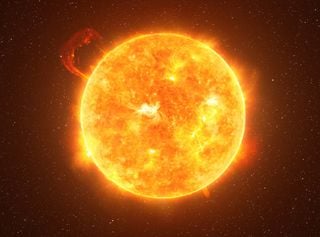
If the same solar storm happened today, it would be a technological disaster, wiping out satellites, causing massive blackouts and costing billions of pounds.
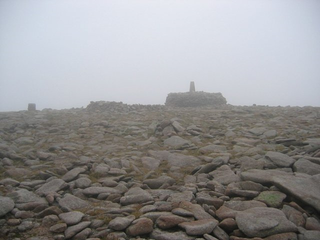
Strange sounds, a ghostly figure and tales of the paranormal haunt Ben Macdui, the UK's second-highest mountain. But can the weather explain it all?
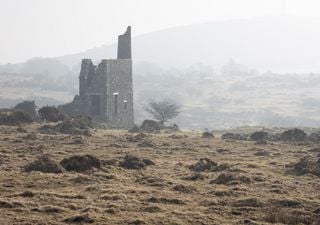
Phantom sightings, a government investigation and a mystery that still remains to this day: the Beast of Bodmin is a notorious creature from British folklore. But is it real?

Mysteries still surround the stones which make up Stonehenge, and a new study has revealed the monument's Altar Stone may have a different origin than previously thought.
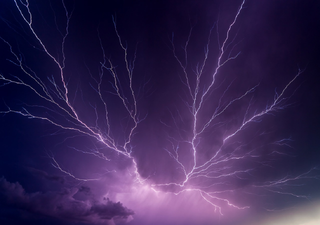
The occurrence of lightning on Venus has been debated for decades, with multiple spacecraft failing to detect it. Do we now have a definitive answer?